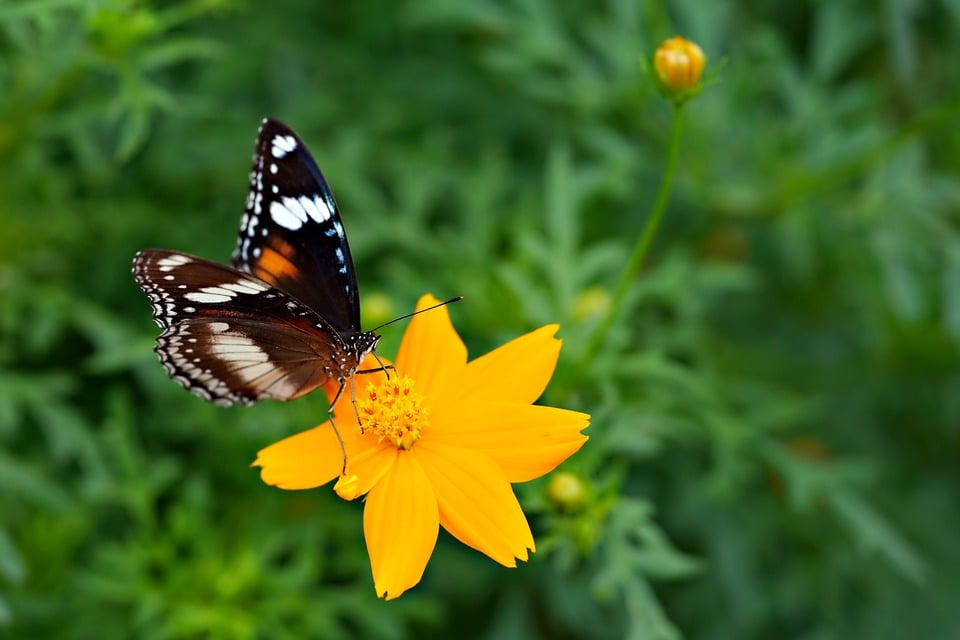In today’s modern world, where technology and science have advanced beyond our wildest dreams, superstitions still hold a prominent place in society. These irrational beliefs, often rooted in ancient folklore and traditions, continue to persist and shape the way we think and behave. While superstitions may seem harmless to some, their influence on our daily lives cannot be overlooked. One of the key factors contributing to the perpetuation of superstitions is their portrayal in popular culture through various forms of media. In this article, we will explore the role of media in shaping superstitions, the historical context of superstitions in pop culture, their current state, and predictions for the future.
Historical Context
Superstitions have a long and rich history, dating back to ancient civilizations. These beliefs were often used as a way to explain the unknown and provide comfort in uncertain times. In early societies, superstitions were passed down through oral traditions and written texts, shaping cultural norms and practices. As civilizations evolved, so too did superstitions, adapting to the changing times and beliefs of the people.
With the advent of mass media in the 20th century, superstitions found a new platform through which to spread and gain traction. Television, radio, and later the internet allowed superstitions to reach a wider audience than ever before, solidifying their place in popular culture.
Current State
In today’s media-saturated world, superstitions continue to thrive, thanks in part to their portrayal in movies, TV shows, and social media. From black cats crossing your path to broken mirrors bringing bad luck, these superstitions are perpetuated and reinforced through various forms of media. Celebrities and influencers often play a role in promoting superstitious beliefs, further ingraining them in the public consciousness.
Moreover, the rise of clickbait articles and sensationalist news stories on the internet has only fueled the spread of superstitions. With the click of a button, these beliefs can be shared and perpetuated across vast networks, leading to their widespread acceptance and influence.
Future Predictions
As technology continues to advance, the role of media in shaping superstitions is likely to grow even more pronounced. Virtual and augmented reality, for example, could create new opportunities for superstitions to take root in the minds of the public. Imagine a world where superstitious beliefs are not just seen or heard but experienced firsthand through immersive technologies.
Furthermore, the rise of artificial intelligence and machine learning could lead to even more personalized and targeted superstition-based content. As algorithms learn more about our preferences and behaviors, they could tailor superstitions to specific individuals, making them even more difficult to resist or reject.
Conclusion
In conclusion, superstitions in pop culture continue to thrive, thanks in large part to the influence of media. From their historical origins to their current state and future predictions, superstitions have become ingrained in our society, shaping the way we think, behave, and perceive the world around us. As we navigate this complex landscape of belief systems and media influence, it is essential to remain critical and discerning in our consumption of information. By understanding the role of media in perpetuating superstitions, we can better navigate the world around us and make informed choices about the beliefs we choose to embrace.
Thank you for reading this in-depth exploration of superstitions in pop culture. For further reading on this topic, we recommend exploring academic journals, books, and documentaries that delve deeper into the influence of media on belief systems. Remember, knowledge is power, and by arming ourselves with information, we can better understand and navigate the often murky waters of superstitions in modern society.
